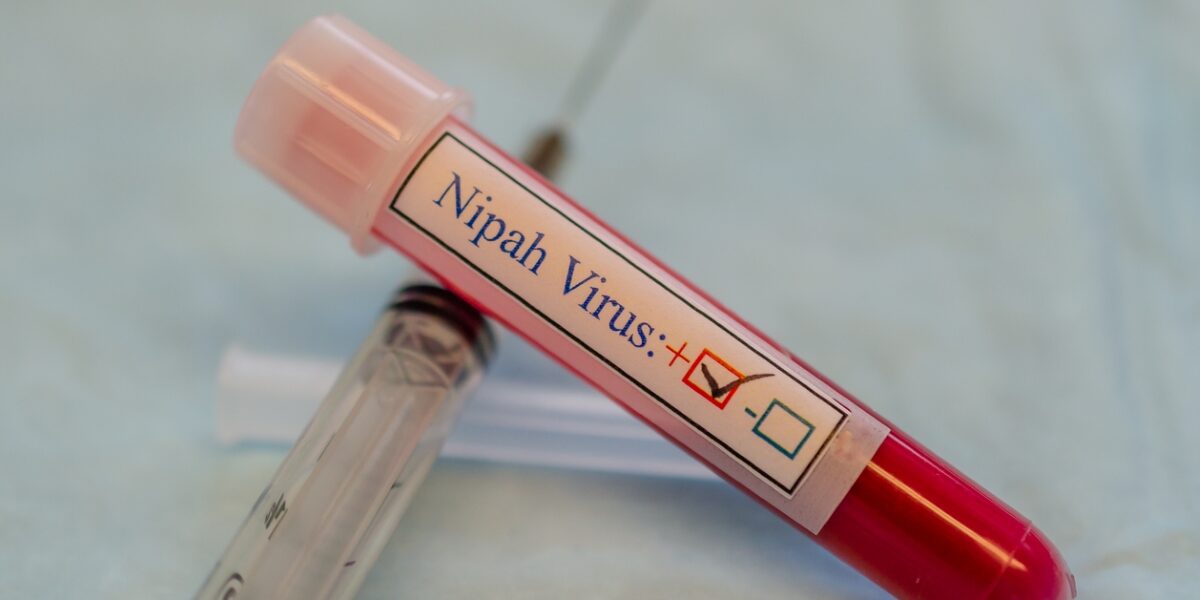Educational institutions in containment zones to continue online classes; authorities to keep collecting samples from bats to identify the source of the deadly virus.
Published Sep 25, 2023 | 2:17 PM ⚊ Updated Sep 25, 2023 | 2:17 PM

Chief Minister Pinarayi Vijayan announces that the Nipah outbreak is under control. (iStock)
Educational institutions, including Anganwadis, in Kozhikode commenced regular classes on Monday, 25 September, after no new cases of Nipah virus infections were reported since 16 September.
However, educational institutions in containment zones remained closed as a precautionary measure.
All institutions in the district had been closed since 14 September and online classes were being held after the virus outbreak was declared in the state on 12 September.
Nine gram panchayats in the Vadakara taluk, which had been declared as containment zones, were removed from the list earlier.
The people in the northern district have also resumed their normal schedule even though they remained cautious and most of them wore facemasks. The busy markets in the town, including SM Street, are returning to normalcy.
In a statement on Sunday, District Collector A Geetha said that online classes would continue in seven wards in Kozhikode Corporation and all the wards in Feroke municipality, which are still containment zones.
Geetha also directed the respective educational institutions to make arrangements for online classes in these areas.
The district administration advised students to wear facemasks and carry hand sanitisers when going to their respective educational institutions.
The students said they were happy and relieved to return to school after the situation improved.
A total of six people had tested positive for the Nipah virus, which killed two.
Of the two deaths, the first person who died on 30 August was found to be the index case or patient zero from whom others caught the infection.
As of 24 September, the number of people under observation was 915, but none of them were in the high-risk category, the district administration said.
The number of samples tested till then was 377 and the number of negative results was 363, District Collector A Geetha said in a Facebook post.
Earlier, Chief Minister Pinarayi Vijayan said that though the spread of the infection was under control, even the Indian Council of Medical Research (ICMR) could not explain why Nipah cases were being reported from northern Kozhikode, the chief minister said.
Of the four Nipah outbreaks reported from Kerala in the past five years, three were from Kozhikode, and one from Ernakulam.
Samples of 36 bats were sent for testing but no virus was found. More samples would be collected in the coming days, the chief minister added.
The route map of the first infected person was taken with the help of the police and samples of bats from these sites would be collected and sent for testing, Vijayan stated.
“Even the ICMR does not give a clear answer to why the disease is recurring in Kozhikode. In this regard, the state has decided to conduct a zero surveillance study. The health department has been directed to prepare a detailed proposal for this,” the chief minister said.
The information from the ICMR study on bats would also be available to the state and research, which would involve collecting samples without catching bats. It would be carried out with the help of the Institute of Advanced Virology, he further said.
The last Nipah-positive case reported in the state was on 15 September.
Health Minister Veena George had earlier said that even if no new positive Nipah virus cases were reported, the containment and quarantine measures would remain in place for 42 days from the last reported positive case.
“The incubation period of the virus is 21 days and therefore, “a double incubation period of 42 days from the last positive case” is considered as the period during which caution has to be exercised,” George explained.
(With PTI inputs)
